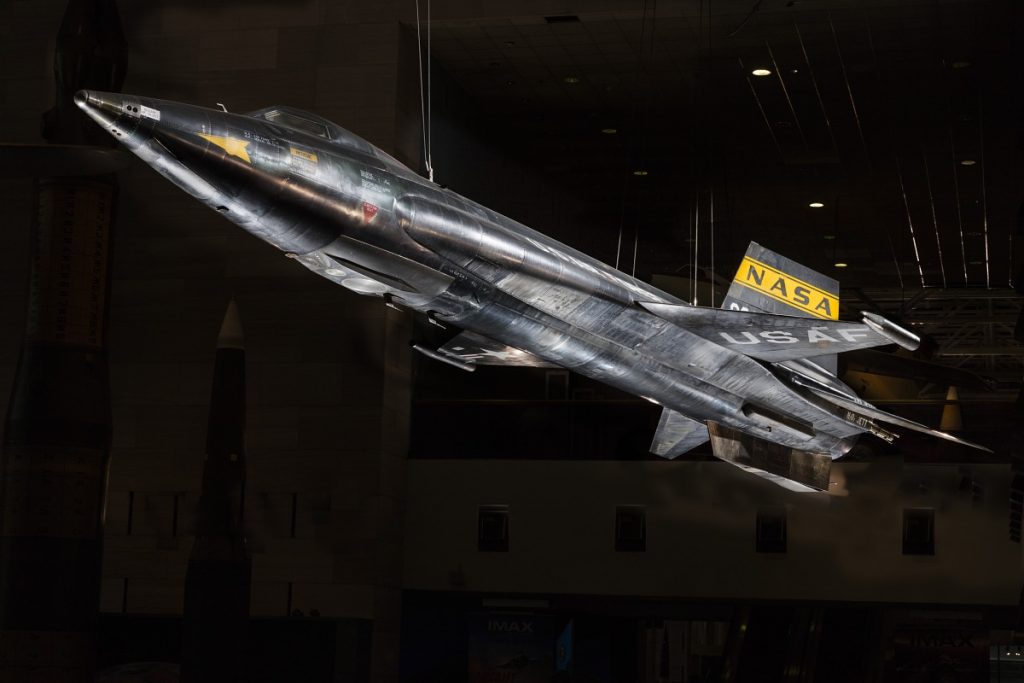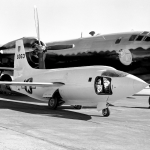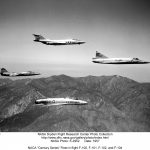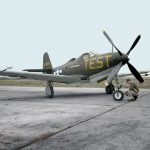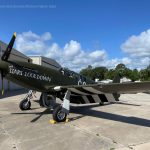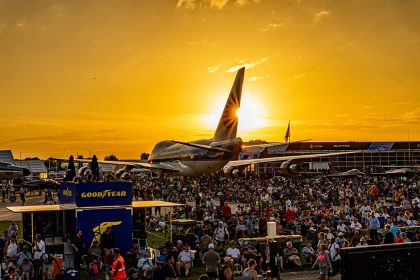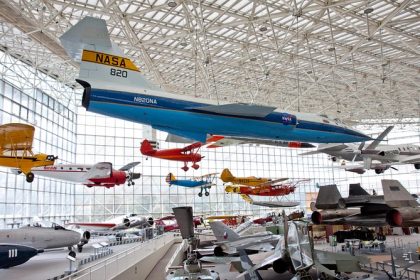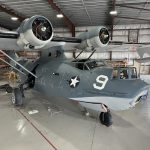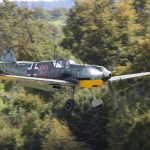By Kevin Wilkins
While researching the history of hypersonic flight, I stumbled upon a remarkable YouTube video titled NASA’s X-15: Original and Unaltered 1959 Documentary. Finding such an unaltered piece of aviation history felt like uncovering a hidden treasure. Produced in the early days of the X-15 program, this documentary offers a fascinating look at the ambitious research effort that helped shape the future of space exploration. There’s something truly special about discovering original documentaries like this. Unlike modern retrospectives that analyze events with the benefit of hindsight, these films capture the excitement, challenges, and cutting-edge thinking of their time. The narration, vintage footage, and technical explanations bring viewers closer to the pioneering spirit of the era, making it feel as though we are witnessing history unfold in real time. Inspired by this incredible find, I felt compelled to delve deeper into the X-15 program and explore its legacy. This documentary serves as a perfect starting point for understanding how this rocket-powered aircraft pushed the boundaries of human flight and laid the groundwork for future space missions.
The X-15 Hypersonic Research Program
The X-15 Hypersonic Research Program was a groundbreaking aeronautical and spaceflight initiative undertaken by NASA, the U.S. Air Force, the U.S. Navy, and North American Aviation. Developed in the 1950s, the program aimed to explore hypersonic flight—defined as speeds greater than Mach 5—and to address the significant technical challenges associated with space travel. Over nearly a decade of testing, the X-15 provided crucial data that influenced the design of future aircraft and spacecraft, including the Space Shuttle. Designed by North American Aviation, the X-15 was a rocket-powered aircraft built to withstand the extreme conditions encountered at high speeds and altitudes. Its internal structure was primarily composed of titanium, while the outer skin was made of Inconel X, a nickel-chromium-based alloy capable of resisting the intense heat generated during hypersonic flight. Measuring approximately 50 feet in length with a wingspan of 22 feet, the X-15 was not capable of taking off under its own power. Instead, it was carried aloft by a modified B-52 Stratofortress and released at high altitude before igniting its engine.
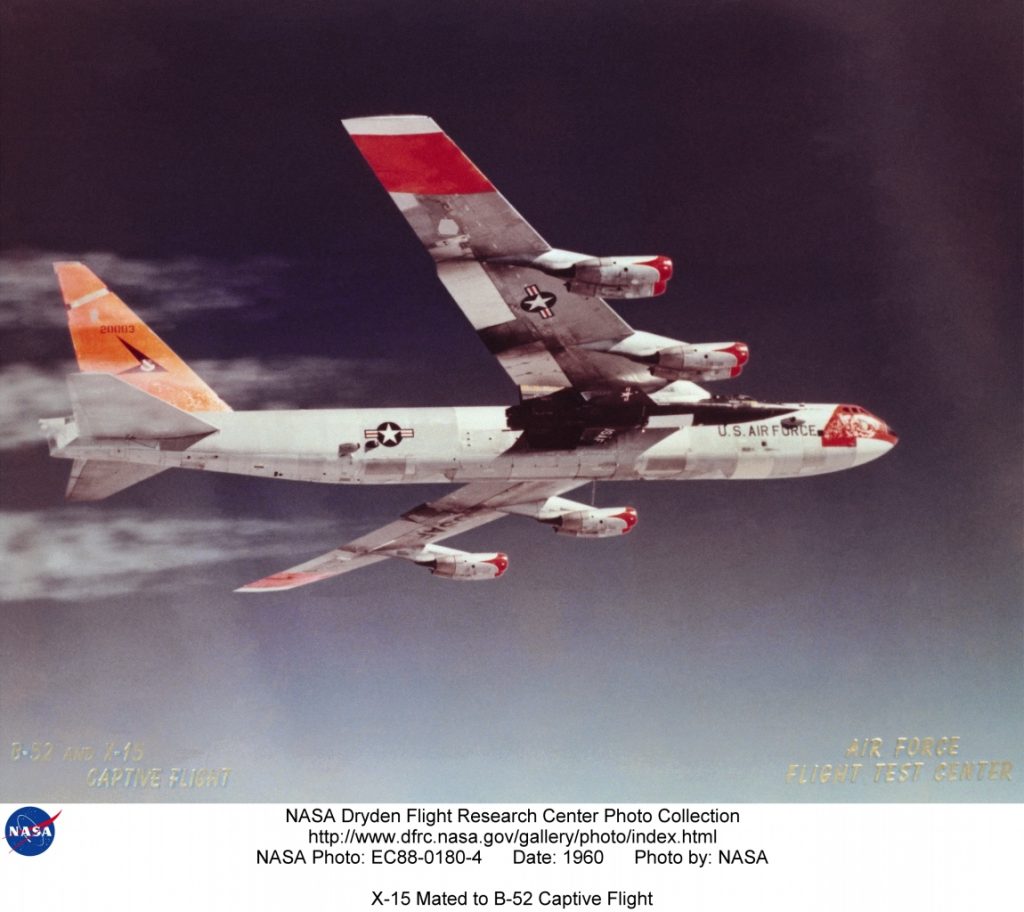
Propulsion and Performance
The X-15 was powered by the Reaction Motors XLR99 rocket engine, which generated 57,000 pounds of thrust. This engine, fueled by liquid oxygen and anhydrous ammonia, enabled the aircraft to reach unprecedented speeds and altitudes. Pilots experienced extreme forces during acceleration, with rapid ascents followed by near-weightless conditions as the aircraft climbed toward the edge of space. The first unpowered glide flight of the X-15 took place on June 8, 1959, followed by the first powered flight on September 17, 1959. Over the course of the program, which ran until 1968, the aircraft completed 199 flights, piloted by 12 test pilots, including Neil Armstrong, Joe Engle, and William J. “Pete” Knight. The X-15 set several aviation records, including the fastest speed recorded by a piloted aircraft at Mach 6.7 (4,520 miles per hour), achieved by Pete Knight on October 3, 1967. The aircraft also reached a maximum altitude of 354,200 feet (67 miles) when Joseph A. Walker piloted it on August 22, 1963. Flights exceeding 100 kilometers (62 miles)—the internationally recognized boundary of space—qualified pilots for astronaut wings.
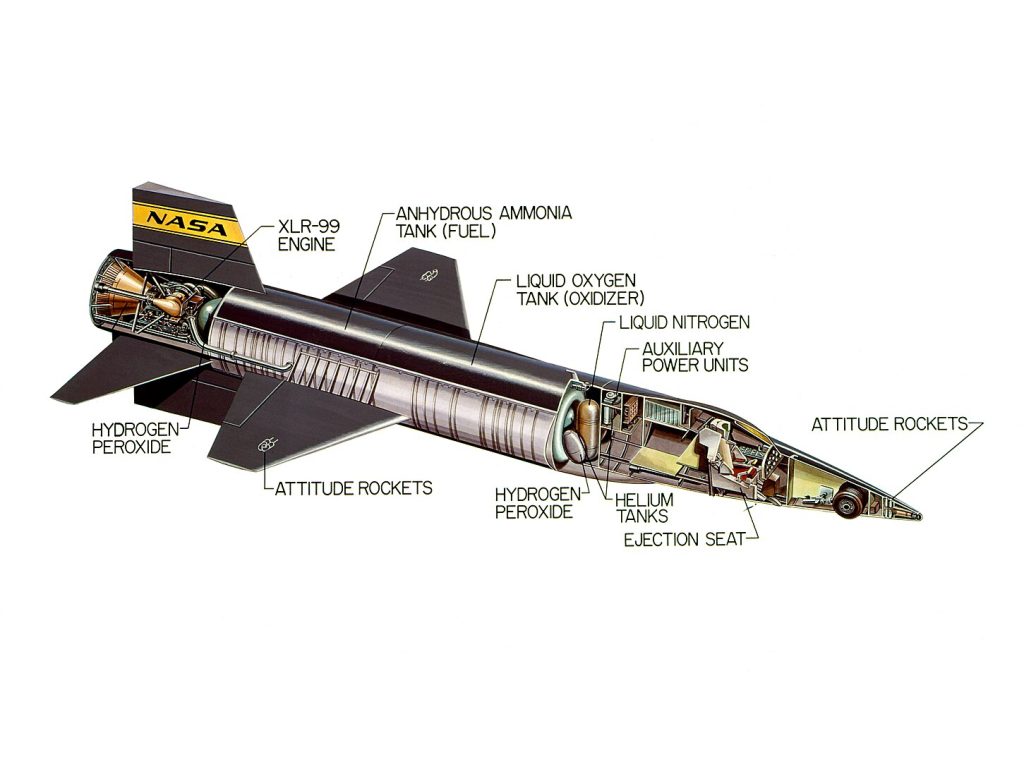
NASA 1/20/62
Scientific Contributions and Legacy
Beyond speed and altitude records, the X-15 program contributed significant advancements in aerodynamics, propulsion, and human spaceflight. The aircraft served as a testbed for studying aerodynamic heating, structural integrity, flight control at extreme speeds, and human physiology in near-space environments. Several flights were dedicated to space science experiments, including studies on the solar spectrum, micrometeorite detection, and atmospheric density measurements at high altitudes. The data gathered from these missions influenced the development of later space vehicles, including the Apollo program, the Space Shuttle, and modern hypersonic aircraft. The X-15 program concluded in 1968, but its impact on aerospace engineering and spaceflight history remains profound. The knowledge gained from its missions laid the foundation for many advancements in high-speed flight and space exploration that followed. Finding and watching this original documentary is a powerful reminder of the relentless pursuit of knowledge and innovation that defined the X-15 era. It stands as a tribute to the engineers, scientists, and pilots who pushed the limits of flight and opened the door to the future of space exploration.
Both surviving X-15s are currently on display at museums in the United States. In addition, three mockups and both B-52 Stratofortresses used as motherships are on display as well. X-15-1 (AF Ser. No. 56-6670) is on display in the National Air and Space Museum “Milestones of Flight” gallery, Washington, D.C., but is currently undergoing conservation work at the Mary Baker Engen Restoration Hangar in the Steven F. Udvar-Hazy Center. X-15A-2 (AF Ser. No. 56-6671) is at the National Museum of the United States Air Force, at Wright-Patterson Air Force Base, near Dayton, Ohio. It was retired to the museum in October 1969. The aircraft is displayed in the museum’s Research and Development Gallery alongside other “X-planes”, including the Bell X-1B and Douglas X-3 Stiletto.
